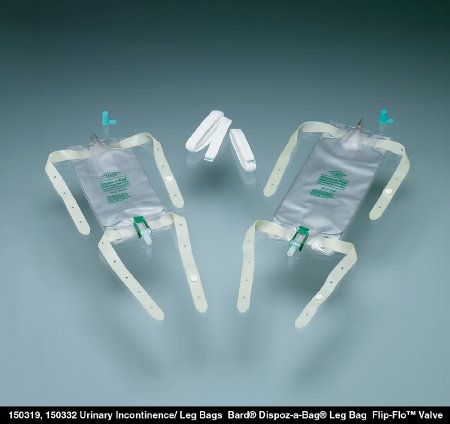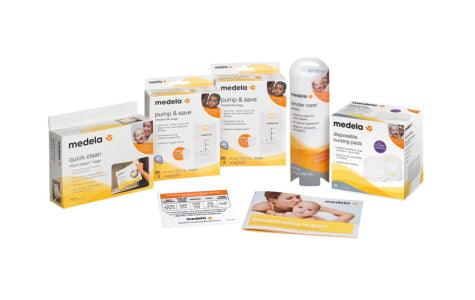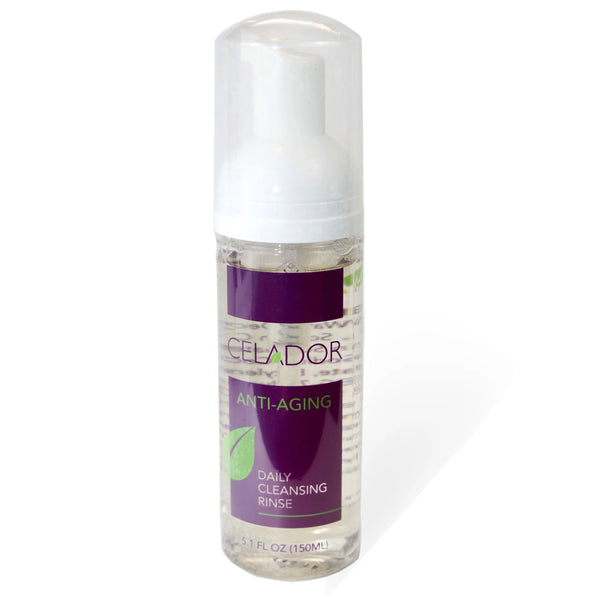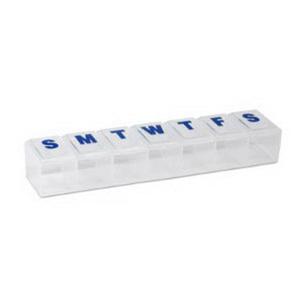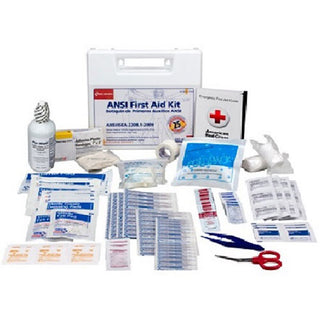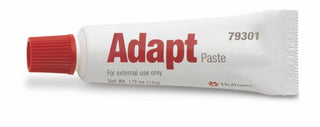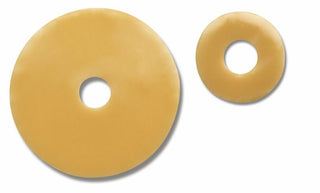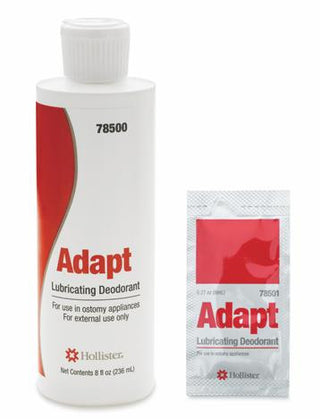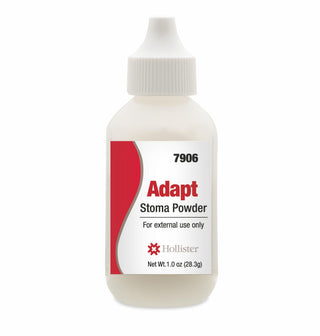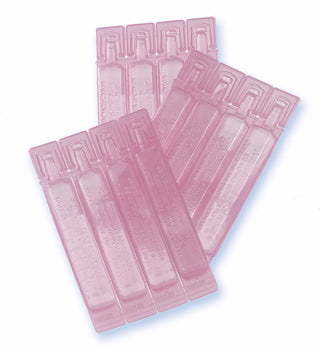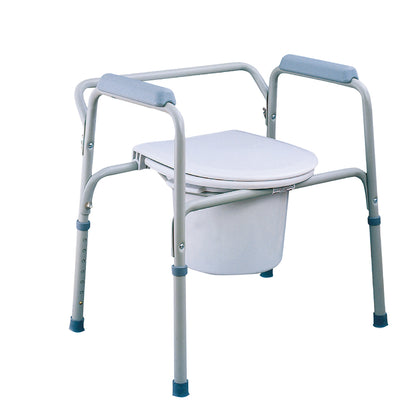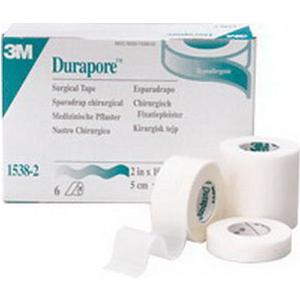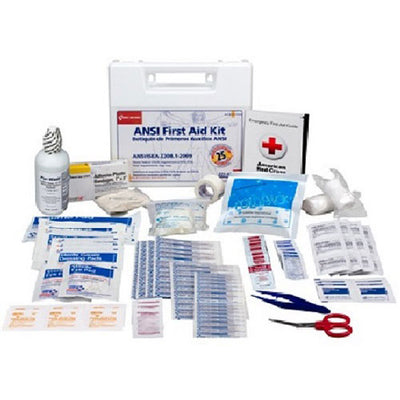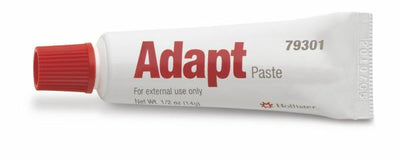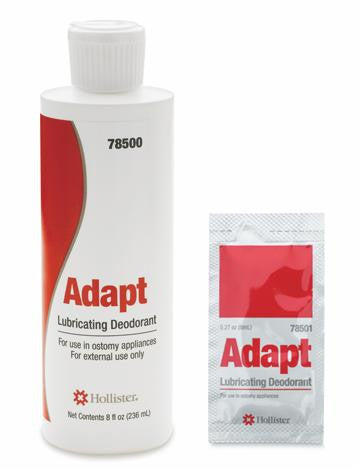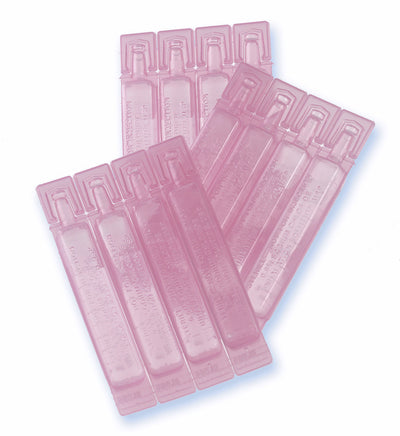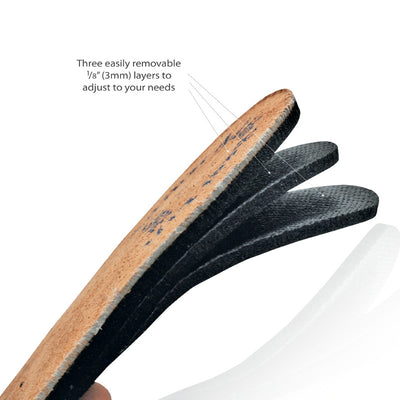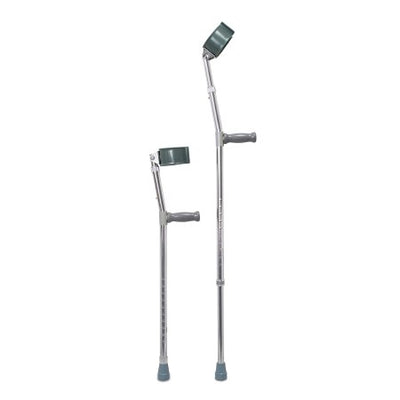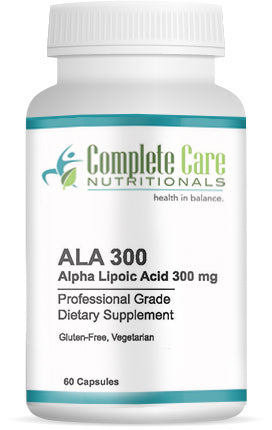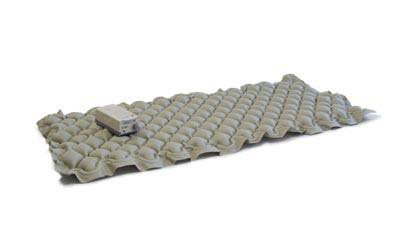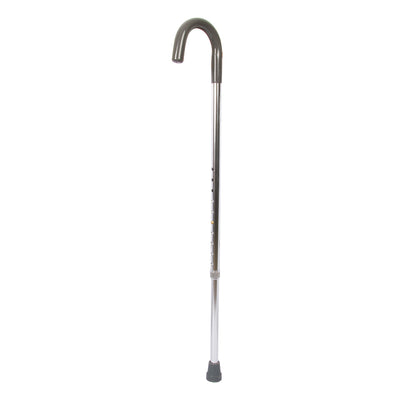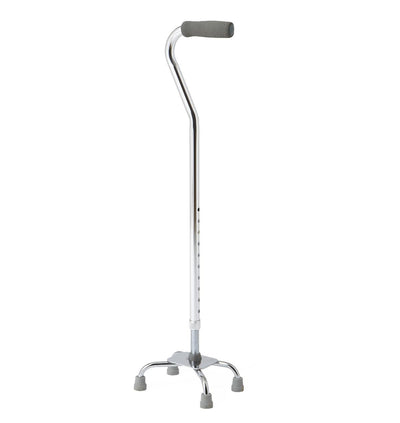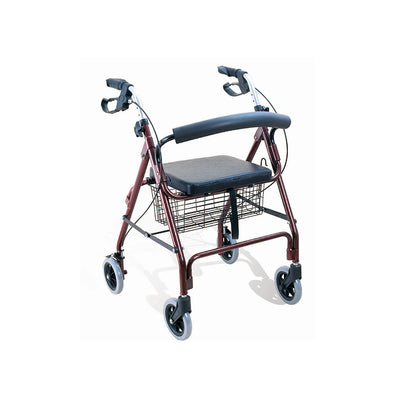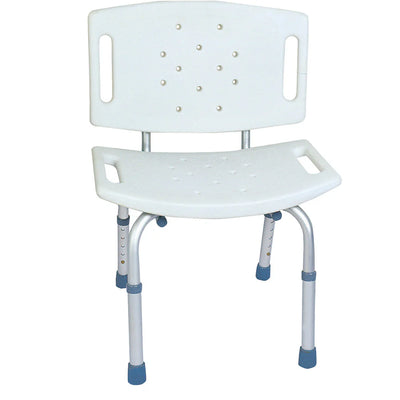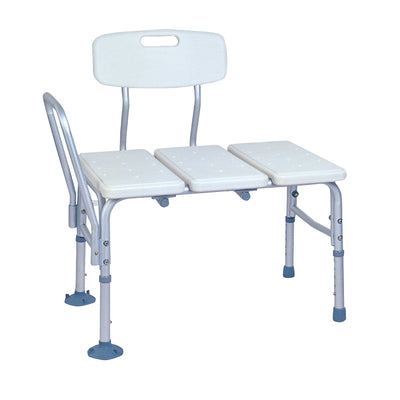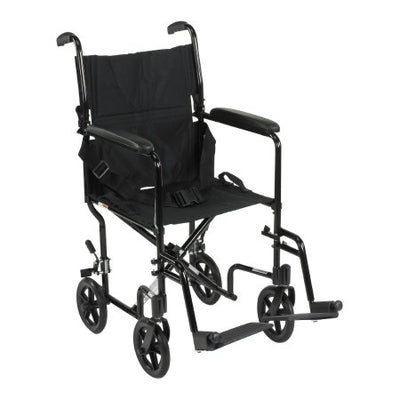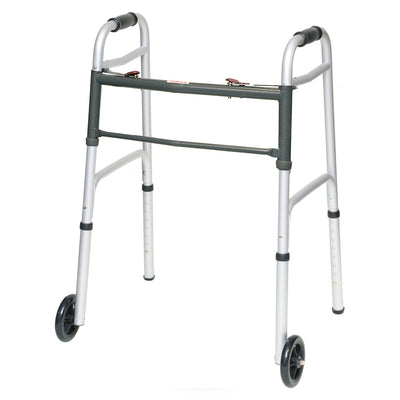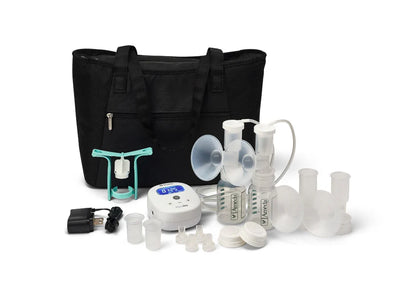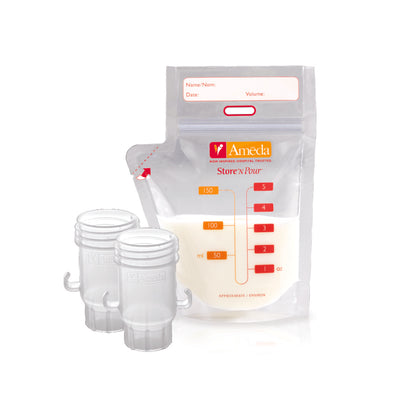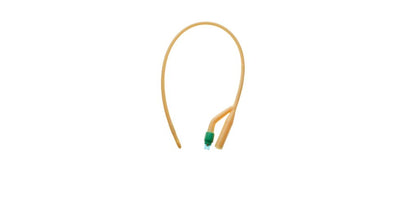Diabetes and prediabetes are incredibly serious conditions that nearly 100 million Americans live with. Being diagnosed with type 1, type 2, or prediabetes can significantly change your life. It can alter the foods you eat, the activities you partake in, and how you live your day to day life.
Sadly, there are no cures for diabetes, only treatments. While diabetes can go into remission and your symptoms can subside, it's not a disease that goes away entirely. However, there are simple things you can do to manage diabetes, prevent it, or push it into submission.
Keep reading for a quick diabetes 101 course for everything you need to know.
Type 1 Diabetes
Type 1 diabetes is the rarest form of diabetes, only affecting five percent of diabetes sufferers. With this condition, your body doesn't make enough or any insulin, which is vital for helping cells receive energy from the sugar in your blood. Type 1 diabetes sufferers depend on artificial insulin injections.
Unfortunately, there is no way to prevent type 1 diabetes.
Type 2 Diabetes
Type 2 diabetes, on the other hand, is much more common. In this type of diabetes, the body doesn't make quite enough insulin or the body doesn't use it efficiently. However, managing blood sugar levels can effectively manage type 2 symptoms.
Fortunately, type 2 diabetes is preventable. The disease is closely tied to being overweight. Nearly 85 percent of diabetics are overweight and nearly 30 percent of overweight individuals have diabetes.
Prediabetes
While not considered a legitimate type of diabetes, prediabetes is a vital topic in our diabetes 101 guide. It's considered a significant precursor to being diagnosed with type 1 or type 2.
Prediabetics don't suffer from the symptoms associated with type 1 or type 2 diabetes. However, their fasting blood sugar will be dangerously high (126mg/dL or higher), which is indicative that their cells aren't absorbing sugar from the bloodstream.
Symptoms
Understanding diabetes 101 means knowing how to recognize the symptoms. There are several symptoms that could be signs of type 1 or type 2 diabetes. For example:
- Frequent urination
- Unusual or unintended weight loss
- Poor blood circulation (numb/tingling hands or feet)
- Fatigue
- Irritability
- Regular illness or infections
If you experience any of these symptoms with no underlying causes, you need to see your doctor immediately. This is even more urgent if you are overweight or obese.
Causes
Scientists are still uncertain as to what exactly causes type 1 diabetes. It's commonly thought, however, that a virus introduced early in someone's life can trigger an autoimmune effect, causing the host's antibodies to attack the insulin-producing beta cells in the pancreas.
The causes of type 2 diabetes can be much easier to trace. While the majority of type 2 sufferers are overweight or obese, however, it's not always the case. Other risk factors include:
- High alcohol consumption
- A high-fat and/or sugar diet
- High blood triglyceride levels
- A sedentary lifestyle
- High blood pressure.
Treatments
As we suggested earlier, there are no known cures for type 1 or type 2 diabetes. However, both diseases can be managed effectively with proper diet and exercise.
Type 1 diabetes patients are insulin-dependent, which means they need to inject synthetic insulin into their bodies to help their cells ingest and use sugar in the bloodstream for energy. Type 2 diabetes patients use both insulin and non-insulin medications, depending on their condition.
Want More Diabetes 101 Information?
If you think you might suffer from diabetes, are at risk, or are showing early signs, we urge you to get tested immediately. The sooner you catch the disease (or precursors), the more effective steps you can take to manage or prevent the disease. If you're looking for more diabetes 101 information, be sure to check out some of our other articles.
Additionally, if you or a loved one has been diagnosed with diabetes, check out some of our dietary supplements that help balance and regulate blood sugar levels.








